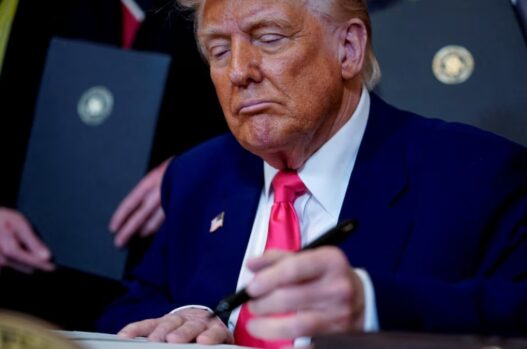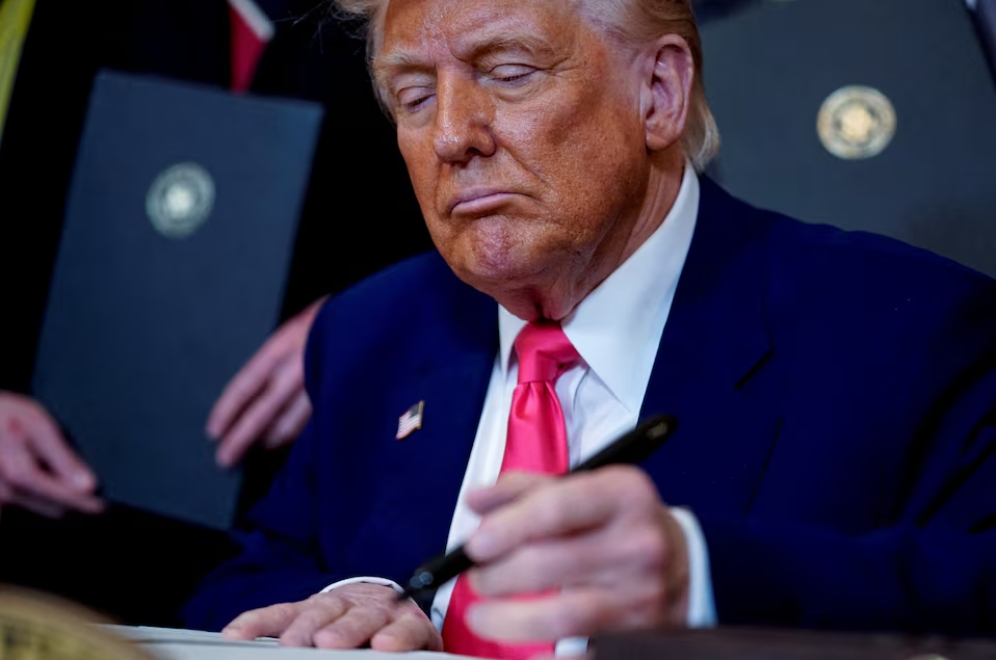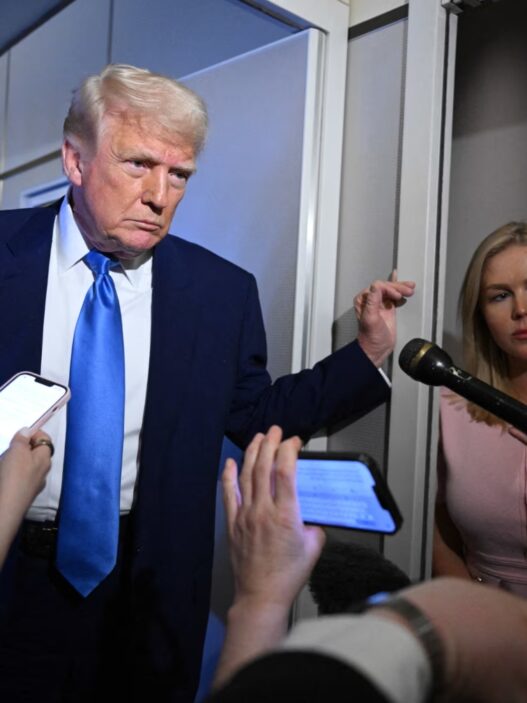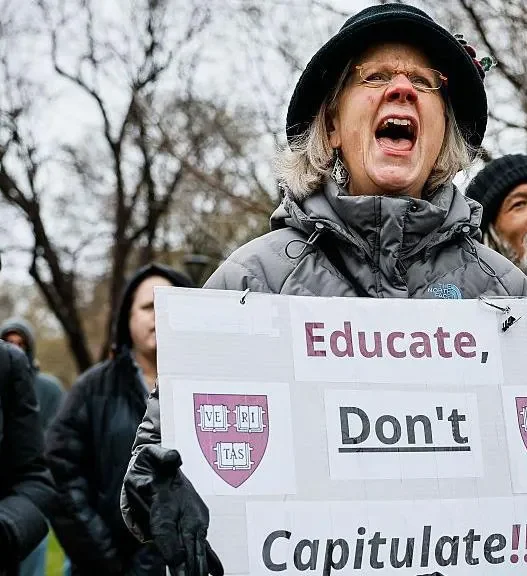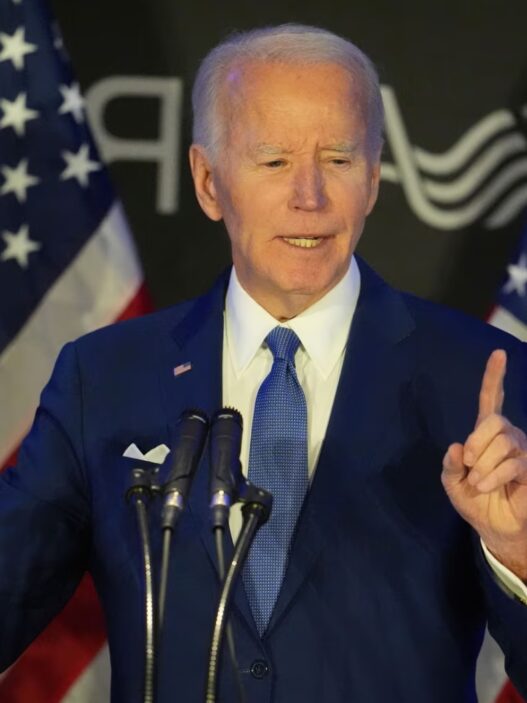In a move that surprised the world, Donald Trump announced a temporary reduction in the steep tariffs he had just imposed on dozens of countries. Even as he ramped up pressure on China, the announcement sent global stock markets soaring.
Just one day earlier, new tariffs had kicked in. The financial markets responded with sharp volatility, unseen since the early days of the COVID-19 pandemic. The chaos erased trillions in stock value. It also sent U.S. Treasury yields soaring. That shift seemed to catch Trump’s attention.
“I think folks were getting a little yippy,” Trump told reporters. He used a golf term to describe the market frenzy.
Mixed Messages from the White House
Since returning to the White House in January, Trump has frequently threatened harsh trade penalties. But often, he pulls back at the last moment. This back-and-forth has confused world leaders. It has also frustrated business executives, who find it difficult to predict market trends.
Wednesday’s events showed how unpredictable Trump’s policies can be. They also raised questions about how his team designs and applies those policies.
Scott Bessent, the U.S. Secretary of the Treasury, claimed the rollback was always part of a bigger plan. The goal, he said, was to bring countries to the negotiating table. Trump, however, hinted that the sharp market reactions since his April 2 announcements played a role in the change.
Although he had insisted that his policies would not change, Trump told reporters, “You have to be flexible.”
Tougher Stance on China Remains
While Trump eased tariffs on some countries, he increased pressure on China. He announced that the tariff on Chinese imports would rise to 125%, up from 104%. This added more tension to the ongoing standoff between the two largest economies. For over a week, the two countries have traded tariff hikes.
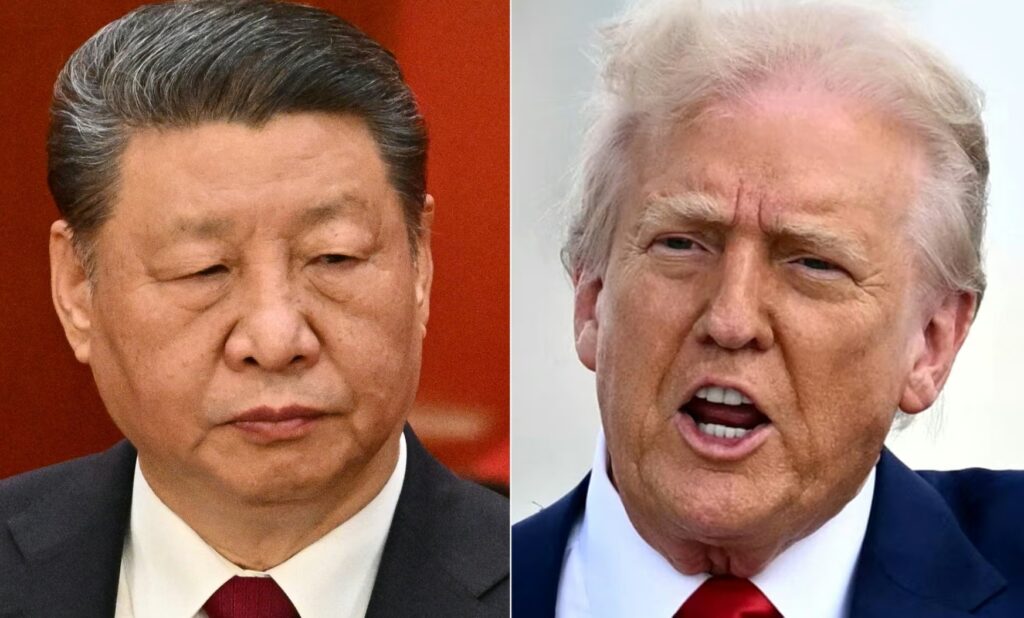
Still, Trump’s shift wasn’t a full reversal. A 10% general duty on nearly all U.S. imports will remain in place. The announcement also leaves existing tariffs on steel, aluminum, and automobiles untouched.
Canada and Mexico are not included in the 90-day freeze. Their goods are still subject to a 25% surcharge. This relates to fentanyl and the United States–Mexico–Canada Agreement, or USMCA. The tariffs will stay unless goods meet specific rules of origin.
Global Reactions and Economic Jitters
Daniel Russel, Vice President of International Security at the Asia Society Policy Institute, said China would likely not change its stance. “China sees concessions as weakness,” he explained. “Giving in may only lead to more pressure.”
Other countries may welcome the 90-day pause—if it lasts. But the ongoing policy zigzags continue to unsettle businesses and governments.
U.S. stock indexes jumped after Trump’s announcement. The S&P 500 rose 9.5%. Bond yields dropped from earlier highs. The United States dollar regained ground against safe-haven currencies. Asian markets also reacted positively. Japan’s Nikkei 225 rose almost 9% at Thursday’s open.
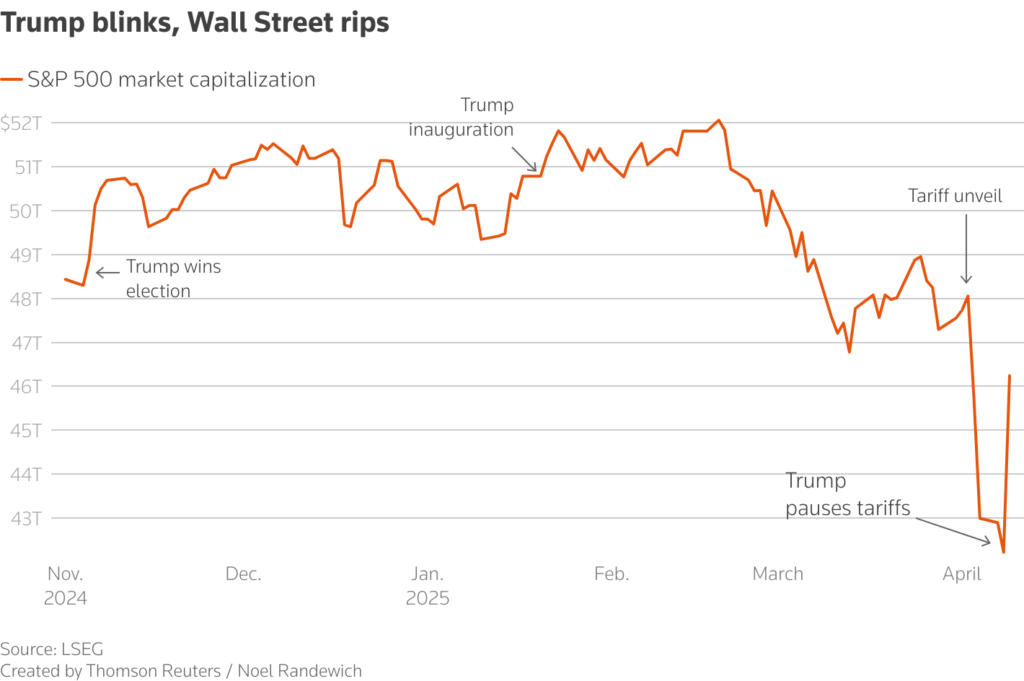
Still, the damage caused by the earlier tariffs remains. The sell-off had erased trillions from global markets. It had also shaken the U.S. Treasury bond and currency systems. Canada and Japan said they were ready to step in and stabilize markets if necessary—a role the U.S. usually plays.
Lingering Concerns and Economic Forecasts
Experts warned that the market boost might not last. Surveys show slower business investment and household spending. A Reuters/Ipsos poll found that three out of four Americans expect prices to rise.
Goldman Sachs cut its recession risk estimate from 65% to 45% after the announcement. However, it noted that remaining tariffs could still raise the average tariff rate by 15%.
Treasury Secretary Bessent dismissed concerns about market disruption. He said the move rewarded countries that did not retaliate. According to him, Trump had always planned to use tariffs to gain negotiation power. “You might even say that he goaded China into a bad position,” Bessent added.
Next Steps in the Global Trade Game
Bessent is leading talks with more than 75 countries. These discussions may include foreign aid, military cooperation, and economic matters. Trump has already spoken with the leaders of Japan and South Korea. On Wednesday, a delegation from Vietnam met with U.S. officials.
There is no set timeline for how long these talks may take. Trump said a resolution with China is still possible. But for now, he is focusing on talks with other nations.
“China wants a deal,” Trump said. “They just don’t quite know how to do it.”
Interestingly, just days earlier, the White House denied any plans to pause tariffs. They called reports about it “fake news.”
On Monday, Trump had posted on his Truth Social platform to calm investors. He wrote, “BE COOL! Everything is going to work out well. The USA will be bigger and better than ever before!”
Later, he added, “THIS IS A GREAT TIME TO BUY!!!”







